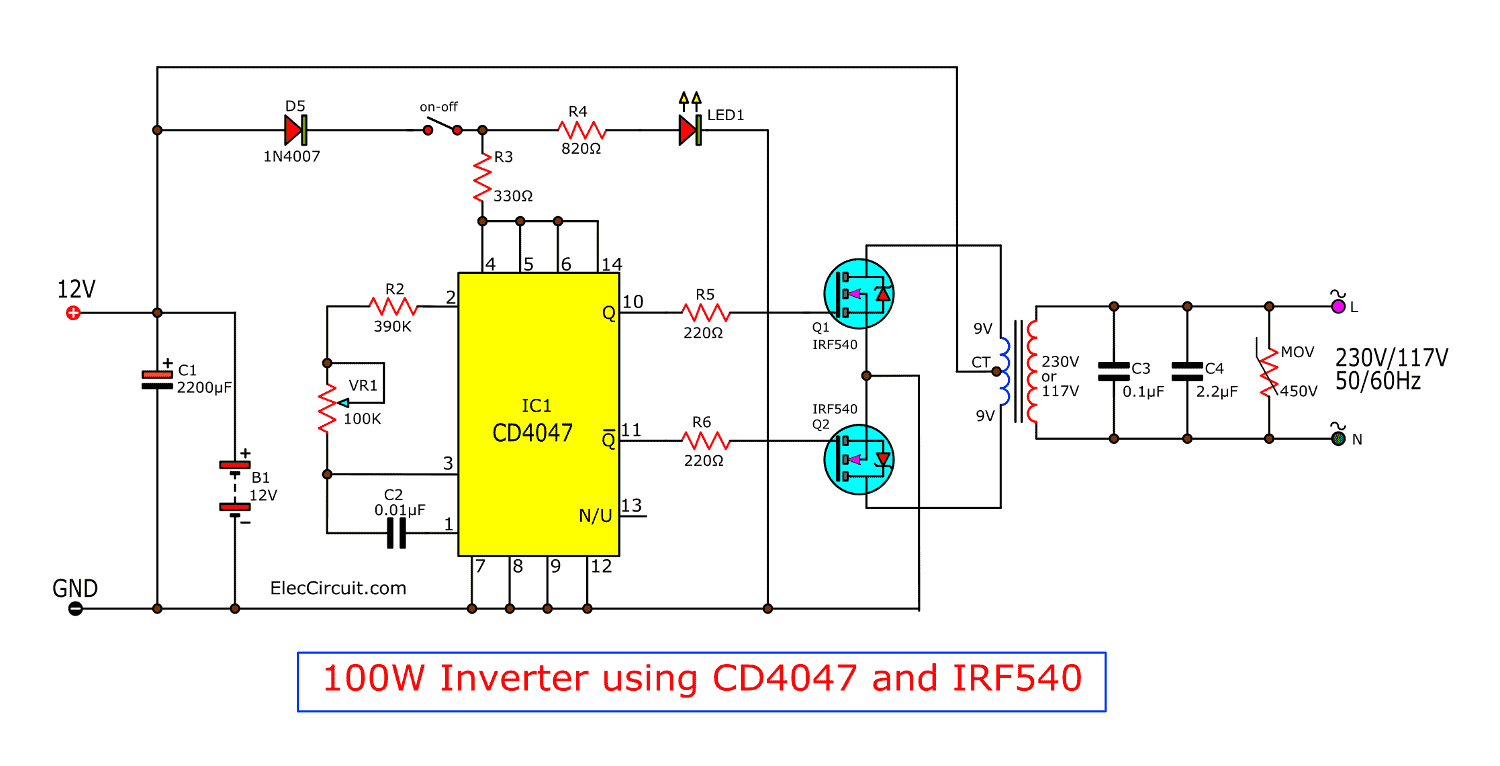laxman289
Newbie level 3

- Joined
- Apr 28, 2013
- Messages
- 4
- Helped
- 0
- Reputation
- 0
- Reaction score
- 0
- Trophy points
- 1,281
- Activity points
- 1,313
hi am trying to make a pic based inverter circuit.
the circuit uses 2 p-channel mosfets(f9540n) with a centre tapped 12-012/230v transformer.
i programmed the pic to turn on the mosfets inorder to create modified sine wave.
i assembled circuit with o/p of transfrmr open circuited.i switched on the 12v dc supply but within 5s my breadboard got heated up and started to melt.
how did this happen???
pls help
the circuit uses 2 p-channel mosfets(f9540n) with a centre tapped 12-012/230v transformer.
i programmed the pic to turn on the mosfets inorder to create modified sine wave.
i assembled circuit with o/p of transfrmr open circuited.i switched on the 12v dc supply but within 5s my breadboard got heated up and started to melt.
how did this happen???
pls help




